Joachim Bandau
Untitled
8 March - 6 April 2019
We might venture the observation that Joachim Bandau aims to restore complete significance to things, or rather to the actions that lead to things or emanate from them, in favour of a world in which life is possible with a very few, more or less mysterious tools. Objects as well as mirrors … reflection and measure. – Gregor Jansen
Over more than half a century, the studio practice of Joachim Bandau has progressed through a series of self-contained bodies of work, each characterised by an exhaustive interrogation of material and form. His famous early sculptures, made primarily in polyesters and plastic, mined the fertile and evocative interface between human physicality and modern design. Moving from plastics to lead, steel, wood and lacquer, Bandau pursued sensitive, exacting forms examining the cultivation of resonance between substance and space. While his three-dimensional sculptural work can readily be observed to draw on the common root shared by sculpture and architecture, his later works on paper can also be understood as emerging from his investigations into these earlier forms.
To read Bandau’s large-scale watercolours in this light – as sculptural drawings – places emphasis on the spatial operations that he enacts within the borders of each picture surface, and the finely tuned balance he achieves between material and performative action. Working meticulously within a series of self-prescribed limitations, each watercolour is developed over many months, the artist precisely and methodically moving thin pigment washes over dense hand-made paper. Soft waterlines emerge during the slow drying of each controlled gestural layer, creating a gently saturated picture plane hovering between image and echo.
Conjuring the most subtle of vibrations, each work thus moves between seeing and feeling, creating a dynamic and cyclic synaesthetic field that encompasses viewer, artwork and exhibition space.
Bandau has signalled an interest in the early polyphonic vocal music of the sixteenth and seventeenth centuries, and indeed this provides a rich reference for exploring his work. The simple tonal forms and acoustic resonance characteristic of a madrigal have parallels in the sensitivity of Bandau’s refined, sensate slippage. Emerging from the page with the nuanced complexity of sound, the watercolours inhabit a soft and suggestive terrain in which the perception of volume and tone might cross visual, aural and physical registers.
The exhibition at Two Rooms is a selection of watercolours from several different series produced over a seven-year period, providing insight into the wealth of themes and variations Bandau is able to command while working steadily with a reduced palette of means.
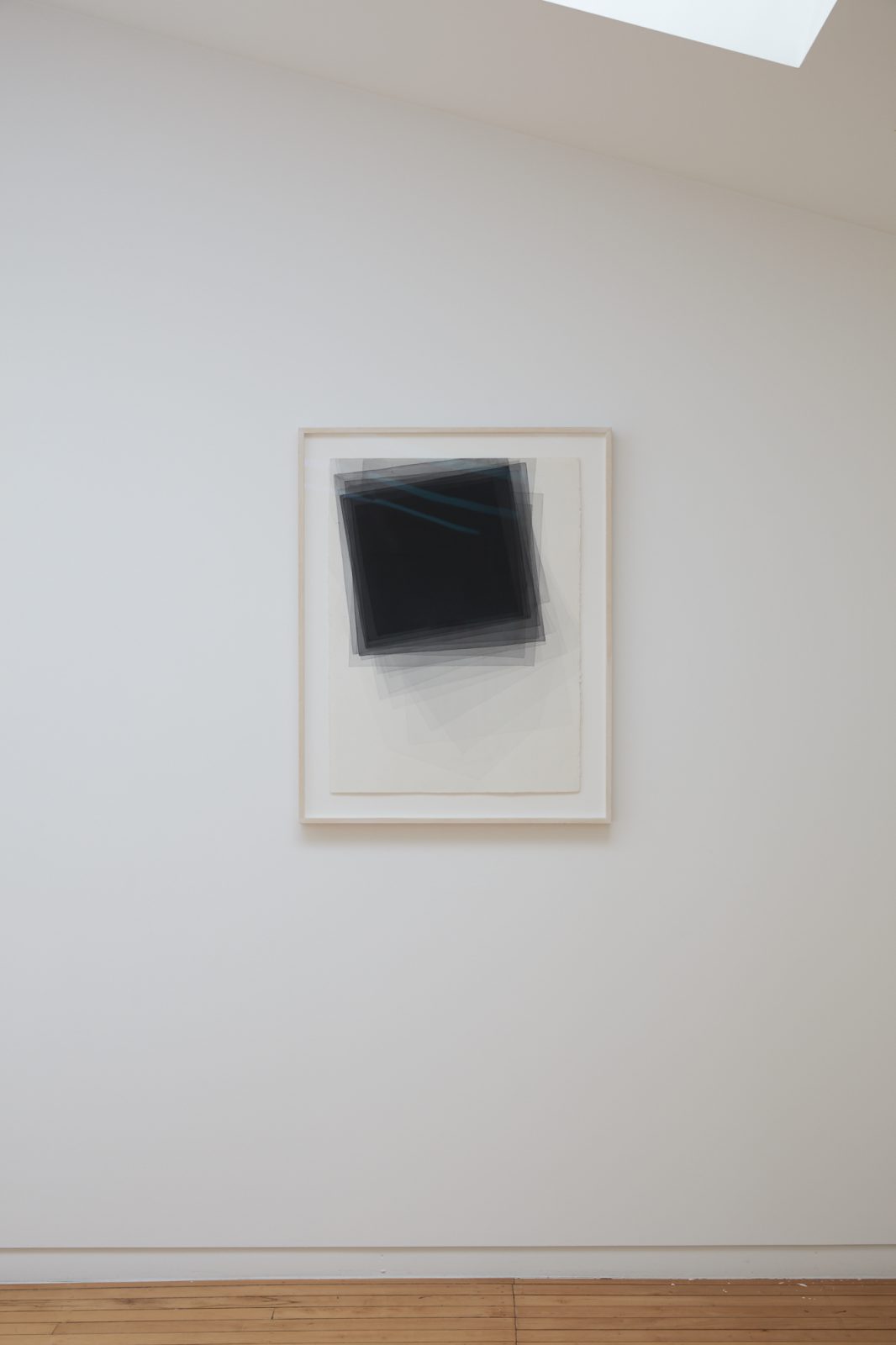
watercolour on Fabriano Artistico 300g
760 x 560mm
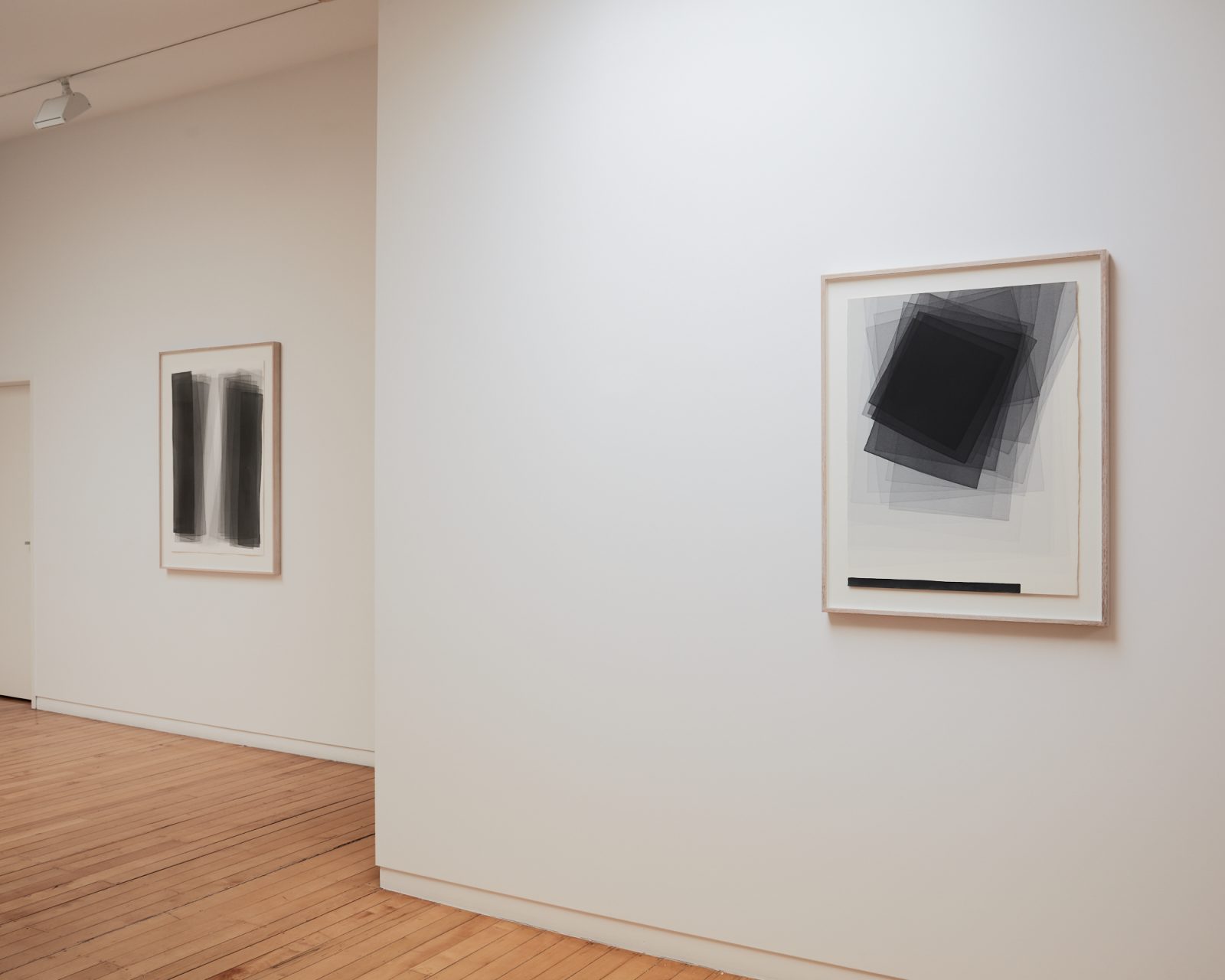
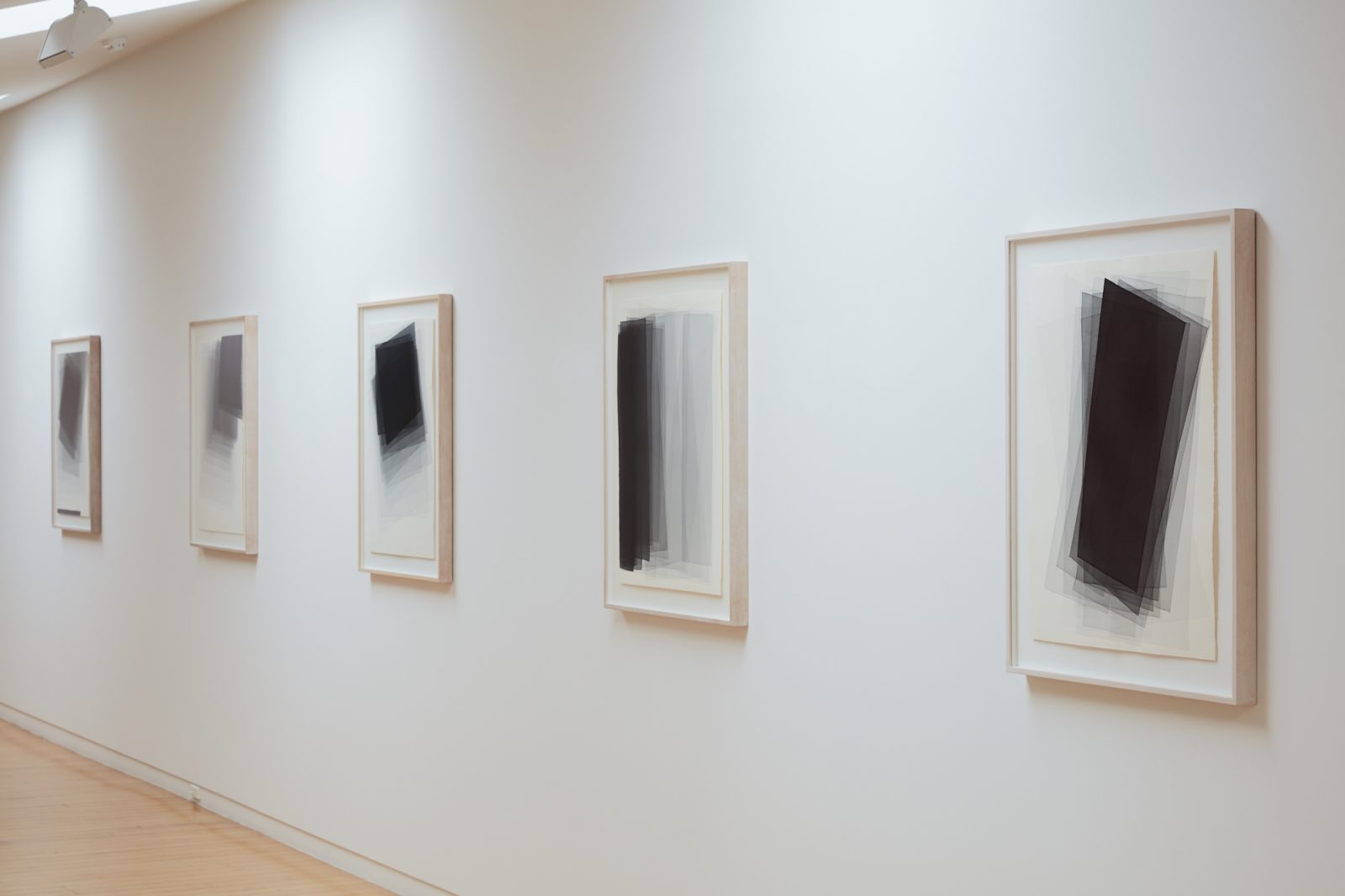
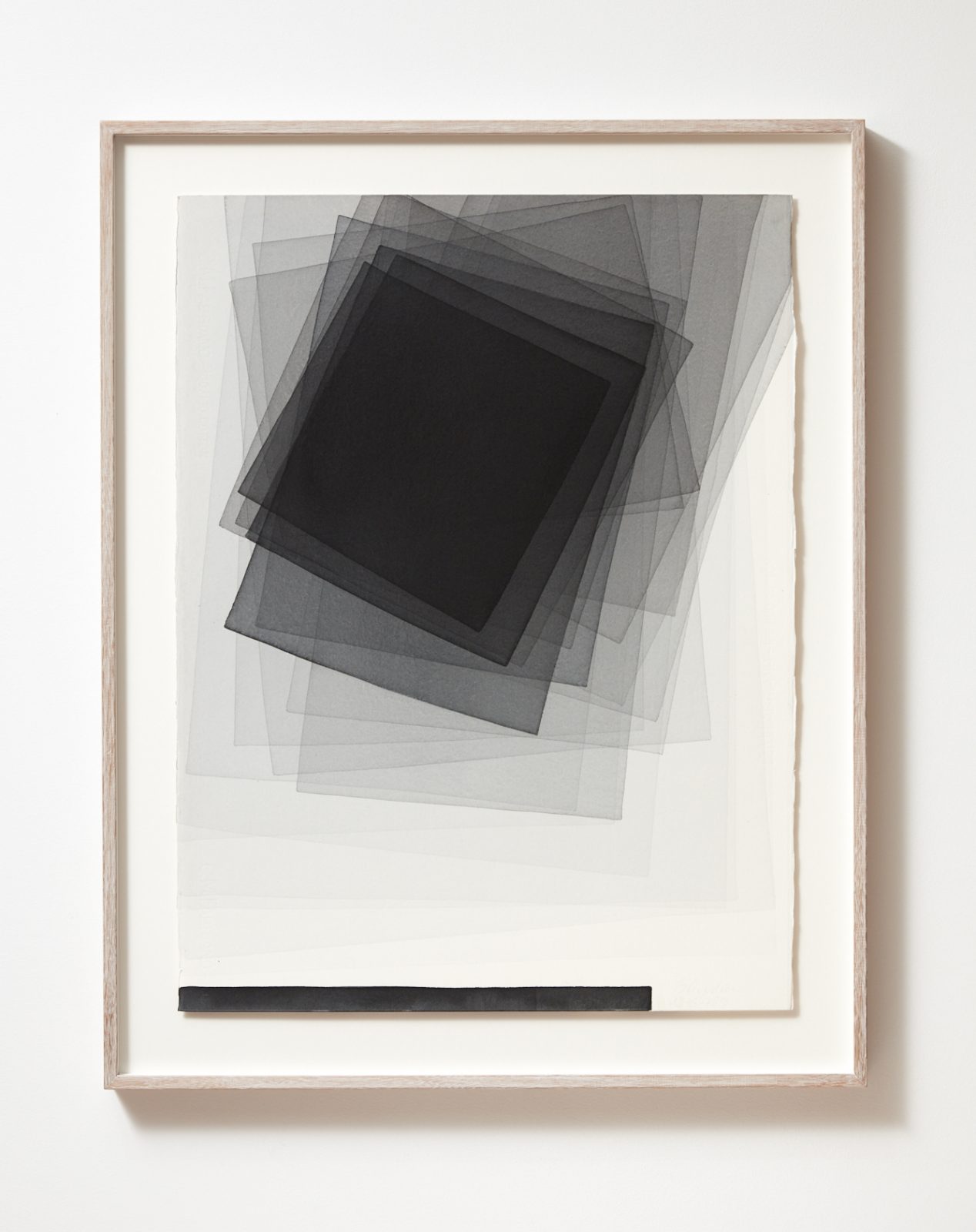
watercolour on Fabriano Artistico 600g
760 x 560 mm
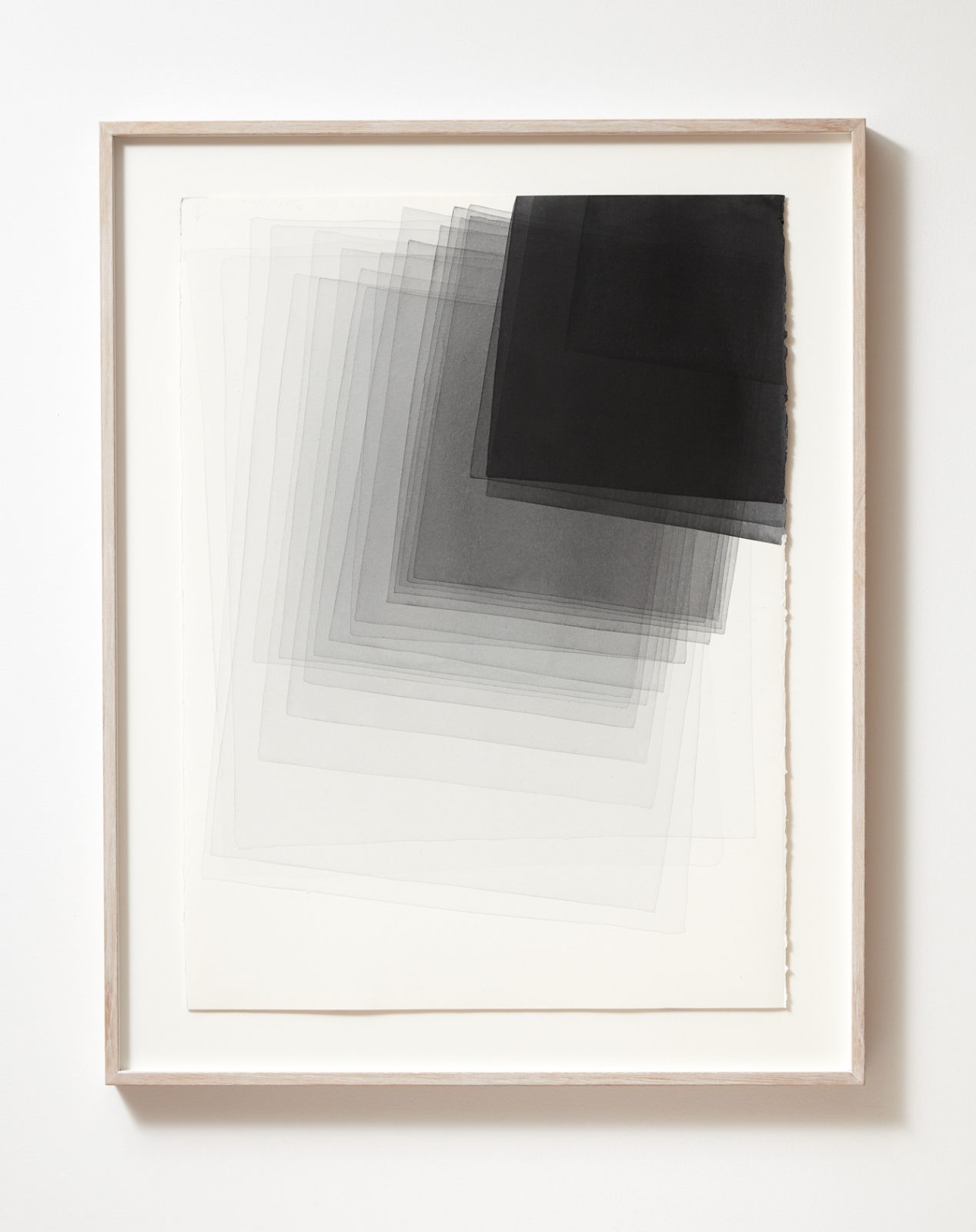
watercolour on Fabriano Artistico 300g
760 x 560 mm
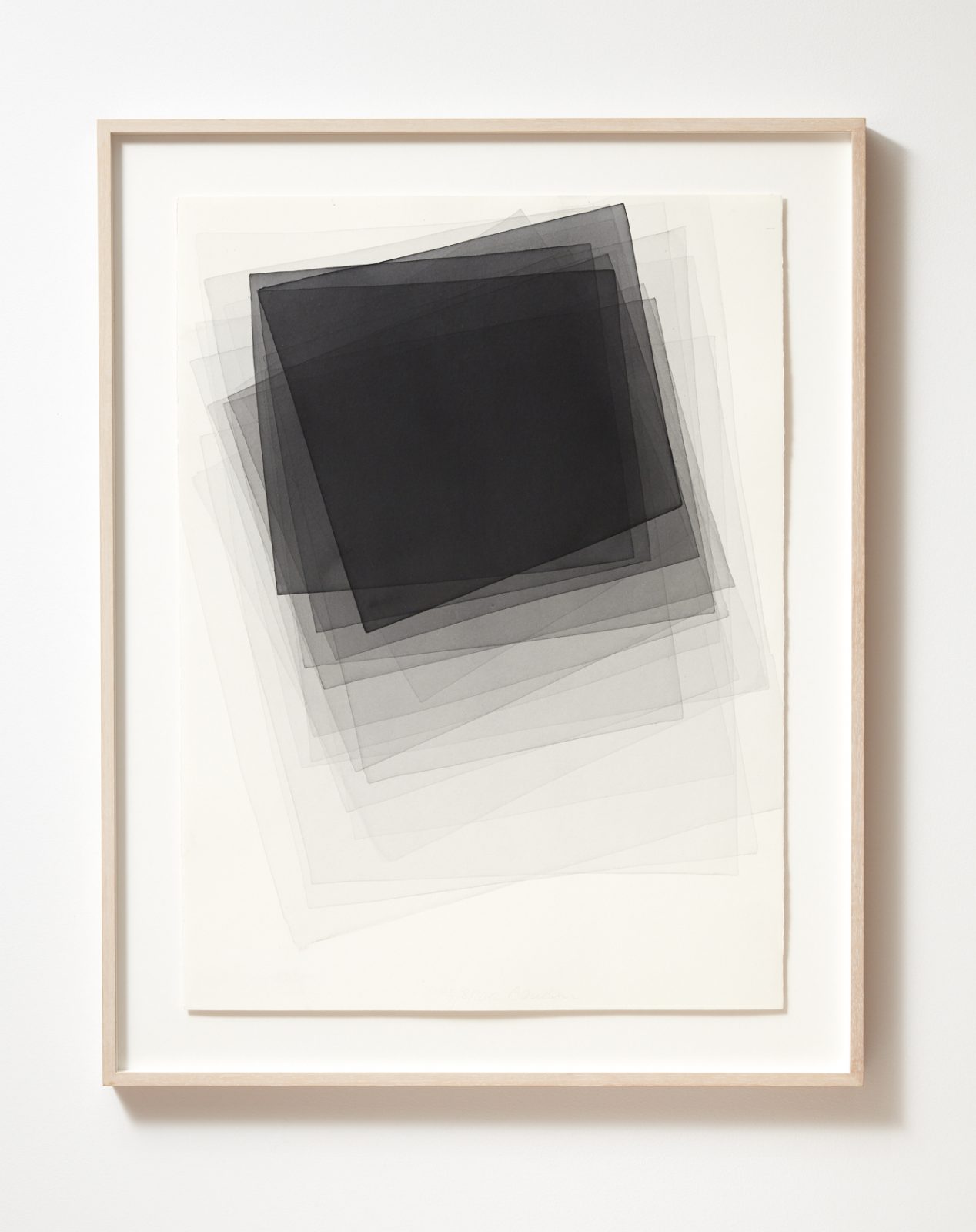
watercolour on Fabriano Artistico 300g
760 x 560 mm
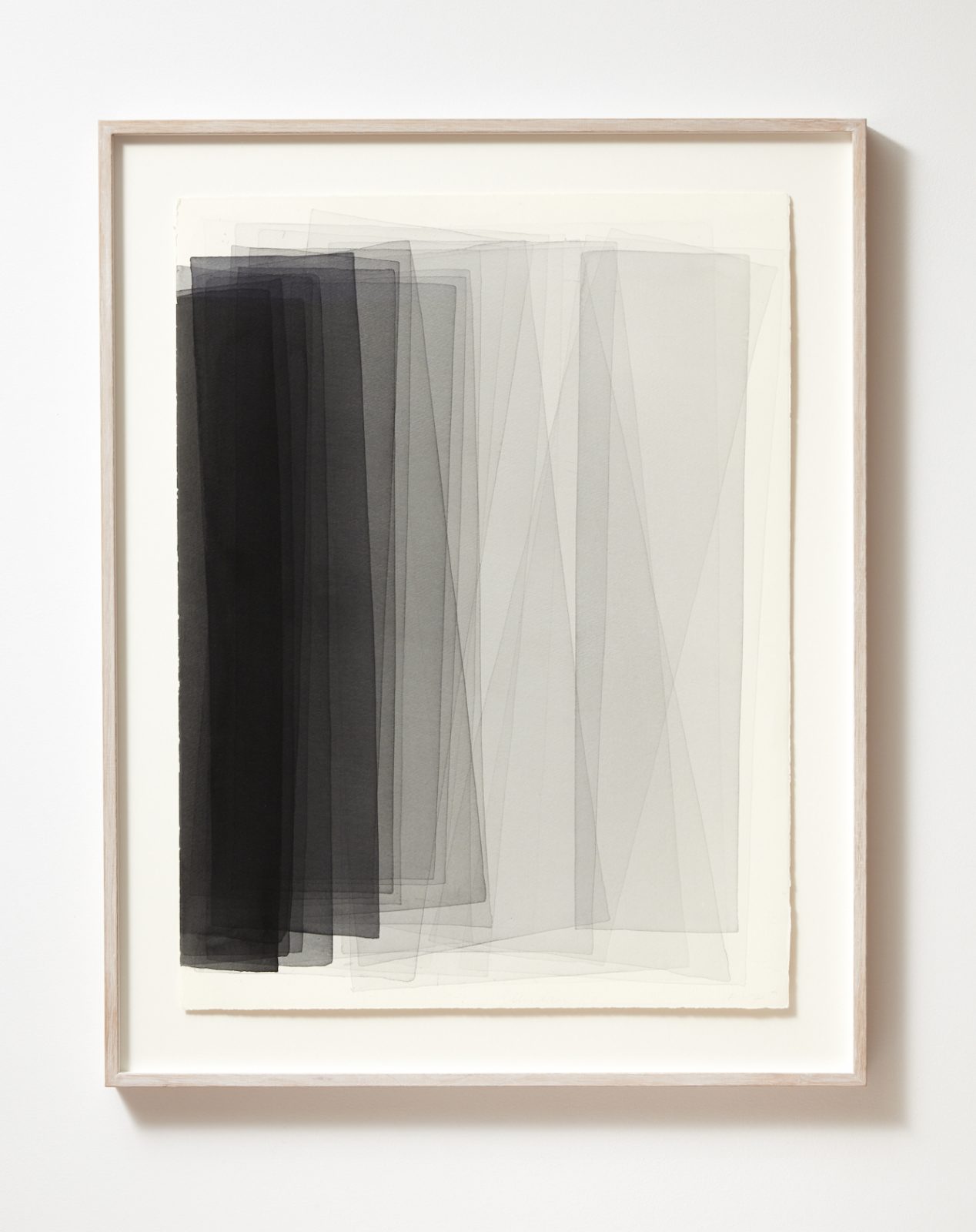
watercolour on Fabriano Artistico 300g
760 x 560 mm
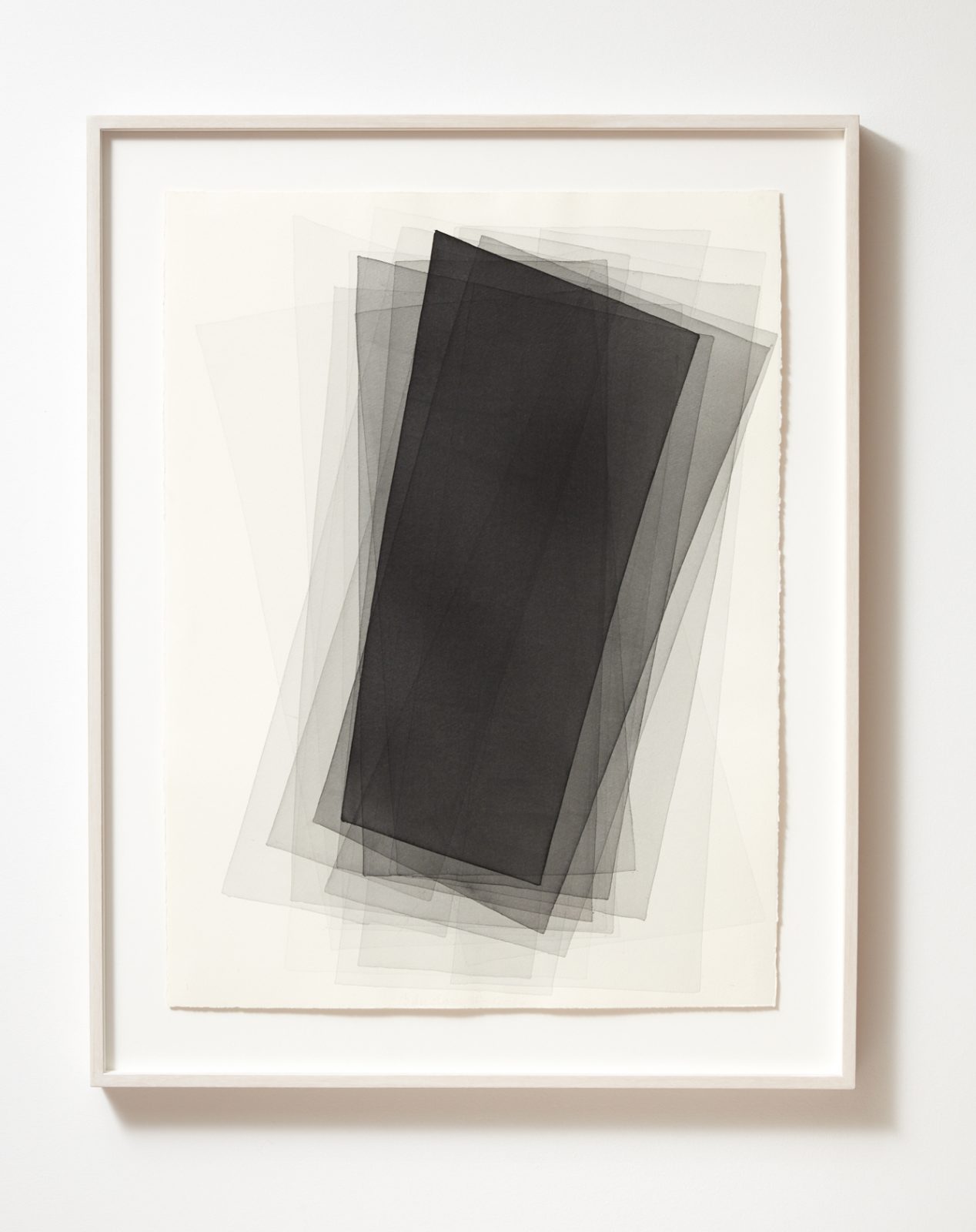
watercolour on Fabriano Artistico 300g
760 x 560 mm
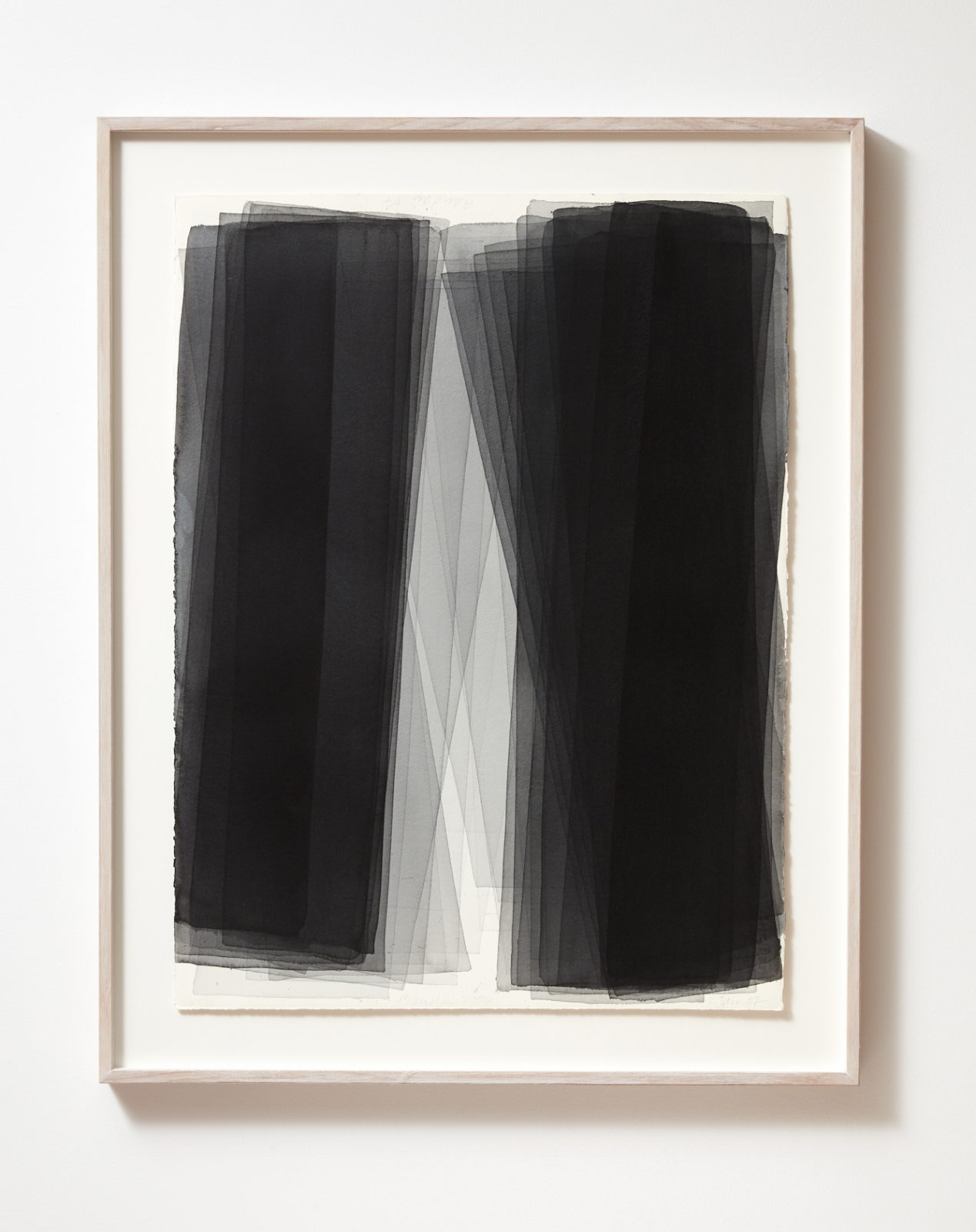
watercolour on Fabriano Artistico 300g
760 x 560 mm
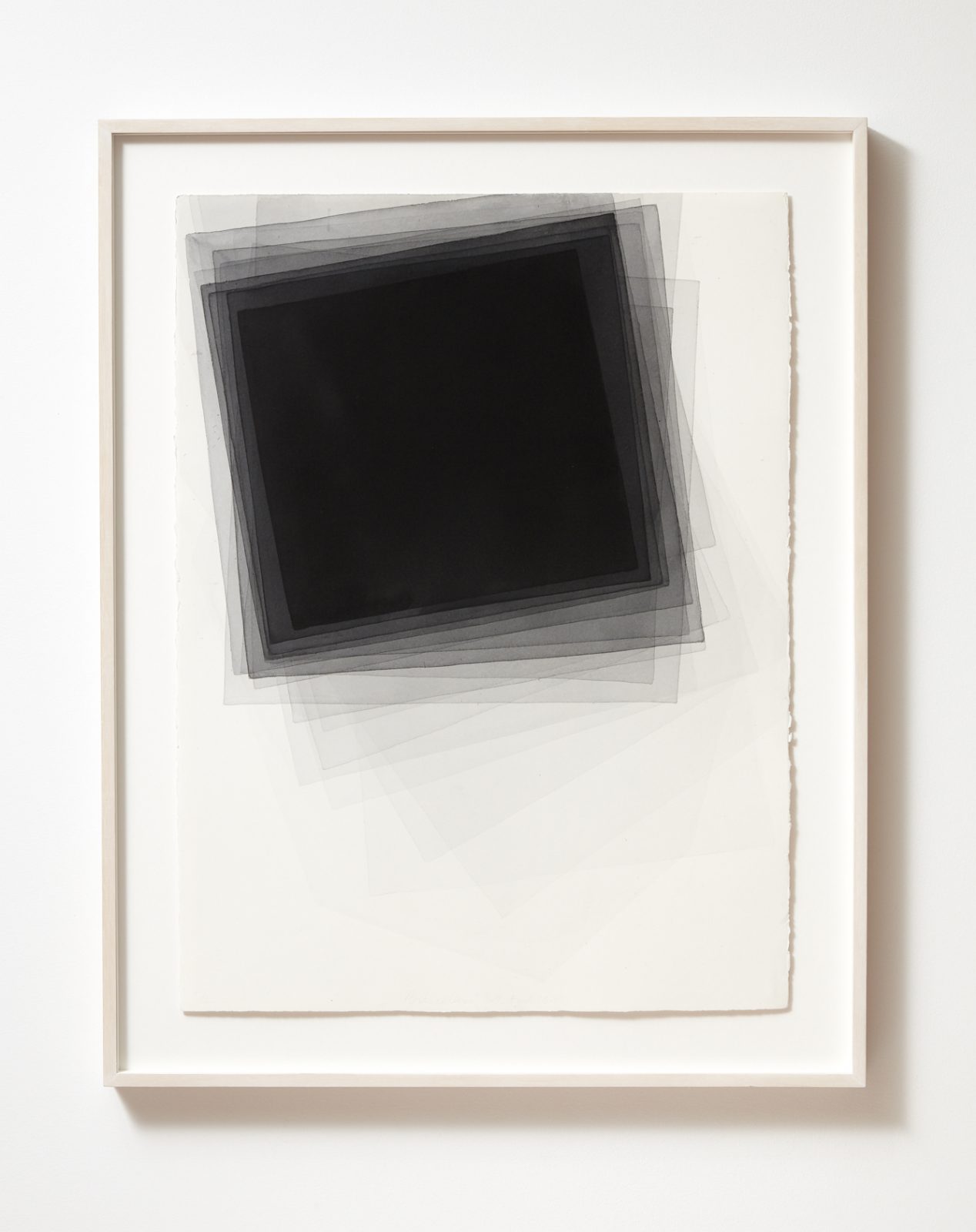
watercolour on Fabriano Artistico 300g
760 x 560 mm
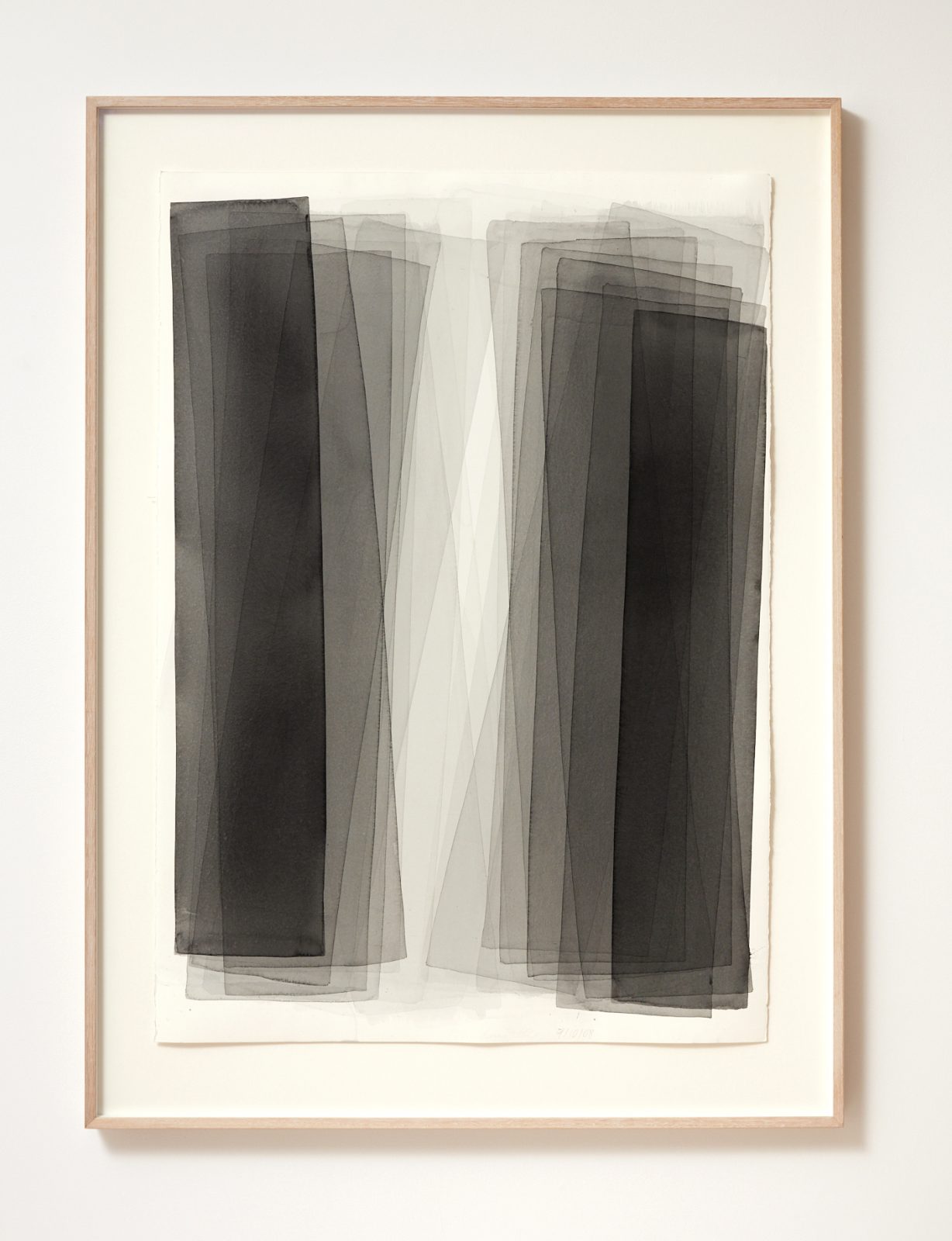
Watercolour on Fabriano Artistico
1000 x 700 mm